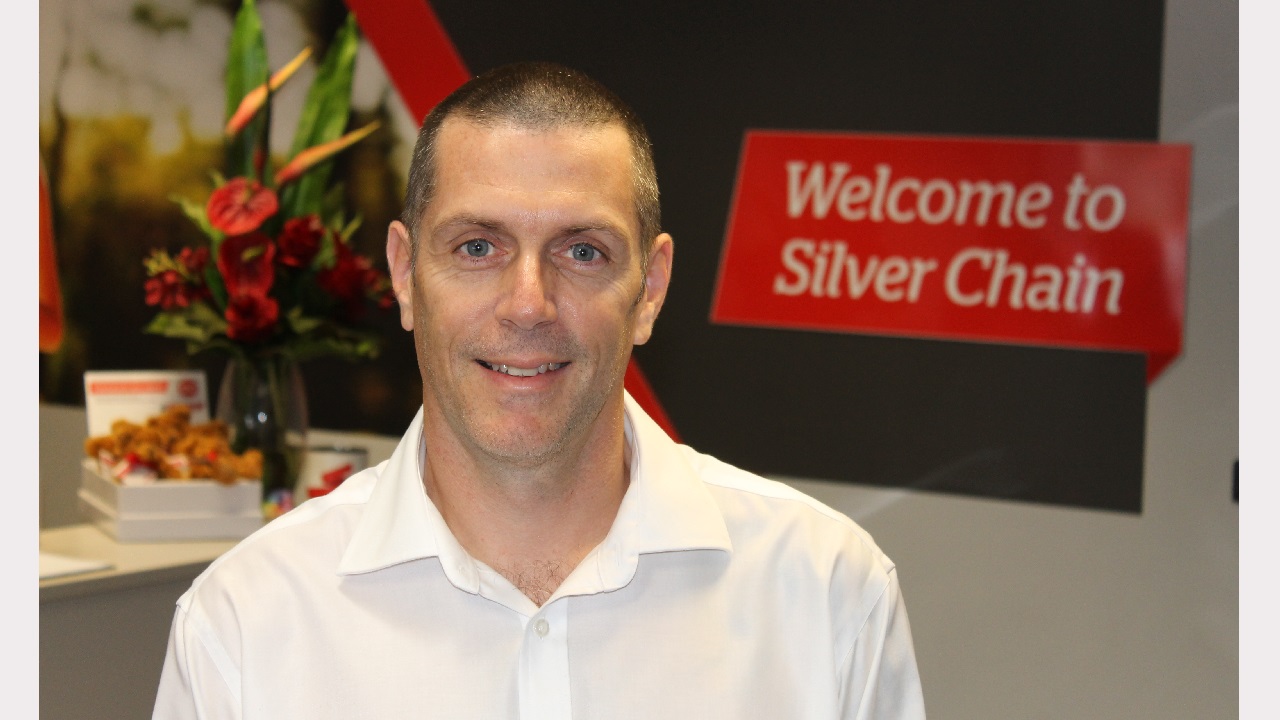Dying at home a more likely option for people living in Perth
Dying at home a more likely option for people living in Perth
by Heather Wiseman
Wednesday, November 11, 2015
It’s a sad statistic many readers will know well. Across Australia, only 14% of people die at home, though many more would like to. But there is a significant exception to the rule and it occurs in Perth. Palliative Matters explores why.
David Larmour clearly has a brain for numbers. The director of hospice care services for Silver Chain rattles them off confidently and efficiently. He has the demeanor of a man who knows his stuff.
But when he says that 70% of Silver Chain’s palliative care patients in Perth die in their own home, it seems Mr. Larmour may have become strangely muddle-headed. How could that possibly be the case, when across Australia, the sad reality is more like 14 percent?
Just last year, the Grattan Institute’s Dying Well report stated that “Seventy percent of people want to die at home, yet only about 14% do so.”
Surely Mr Larmour has it wrong? It seems not.
“Last year, there were just over 2000 deaths across our service, and of those, 70% were at home,” he tells Palliative Matters.
“There will be some services here and there that, on occasion, might hit a 70% death-at-home rate. But we are hitting a 70% death-at-home rate at a population level, across a whole metropolitan area, for those that are referred to the service.
“A very high proportion of those people are dying in their own residential dwelling. If we change the denominator to the percentage of people dying at their place of preference, we achieve in excess of 80 percent.
“That far outweighs anything else that is achieved across the country.”
There is a range of factors underpinning this notable achievement, starting with a State Government decision to primarily invest in a community-care solution for palliative care.
“If funding goes to hospitals, then that is ultimately where people will receive their care. What we have in Perth is very different from all other jurisdictions.”
He says Perth has Australia’s lowest number of inpatient palliative care beds per head of population, reflecting that the community solution is robust.
Silver Chain has three service centers across Perth, with nine palliative care teams caring for 650 patients every day. Each team has registered nurses on duty through the day, visiting those caring for someone who is dying at home whenever they are needed. Patients and families also have access to nurses on duty through the night. Nurses have a clinical nurse consultant and medical staff available 24/7 to back them up. A case coordinator leads each team, and a comprehensive electronic record system ensures shared information promotes continuity of care.
Nurses upload patient data through a tablet or smartphone at the point of care, using standard clinical assessment tools. Live data extraction provides a snapshot of exactly what is happening with every patient.
“This enables us to be very smart about how we best allocate our resources over time. Through a very strong focus on benchmarking and improvement, we have been able to enhance patient experience and outcomes and grow that death at a home rate over time.”
Integral to the teams are 32 general practitioners (GPs), who work part-time with Silver Chain and in their own practices.
“That enables us to provide a solution to the whole community which includes the medical community,” says Mr Larmour.
“If a GP in the suburbs has a lack of knowledge or skill, or doesn’t have the capacity to provide a high level of support to provide palliative care, we can support them. They can remain involved, entirely to the degree they wish to. We can support them on a consultancy basis or they can opt-out entirely if they no longer wish to provide care for their patient.”
Additional to this palliative care team, are social workers, care aides, counselors, chaplains, and about 100 volunteers. Volunteers provide reiki therapy, transport to and from appointments, a recollections service where they record and transcribe memoirs, and respite and support for families.
Mr Larmour says a “very small proportion” of Perth’s palliative care patients do change their mind about wanting to die at home and opt instead for the hospital.
“But we find that an equal proportion changes their mind about wanting to die at the hospital, closer to death. Because they gain confidence in the system, they say ‘I do now wish to die at home’.”
Silver Chain also has a growing presence in NSW, working in partnership with Local Health District nursing teams and supporting patients during the last seven days of life.
“We know that we could have an even greater impact back into the health system for the preceding three months, which is a time when we’ve proven we can reduce hospital admissions and the length of hospital stay.”
Mr Larmour says the rest of Australia has much to learn from the Perth experience and that there is significant scope to improve that sad 14% statistic, elsewhere.
“This is an area where we need to challenge the system to meet the needs and wishes of the community. The answer is not an ever-increasing growth in our healthcare budget, rather a redistribution of dollars to focus on robust community solutions for palliative care,” he says.
“We know and are able to demonstrate unequivocally, that high-quality health care can, and should be delivered at home, and that a very high proportion of people will say that is where they wish to die. Give that the number of Australians dying is going to double over the next 30 years we must get this right.”
